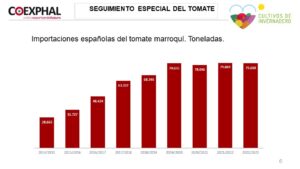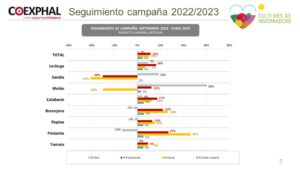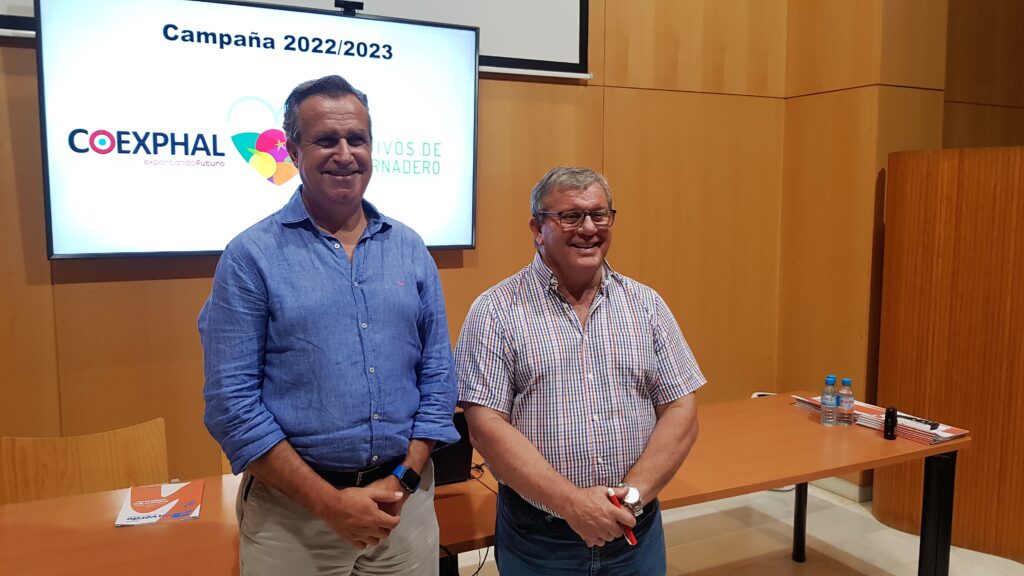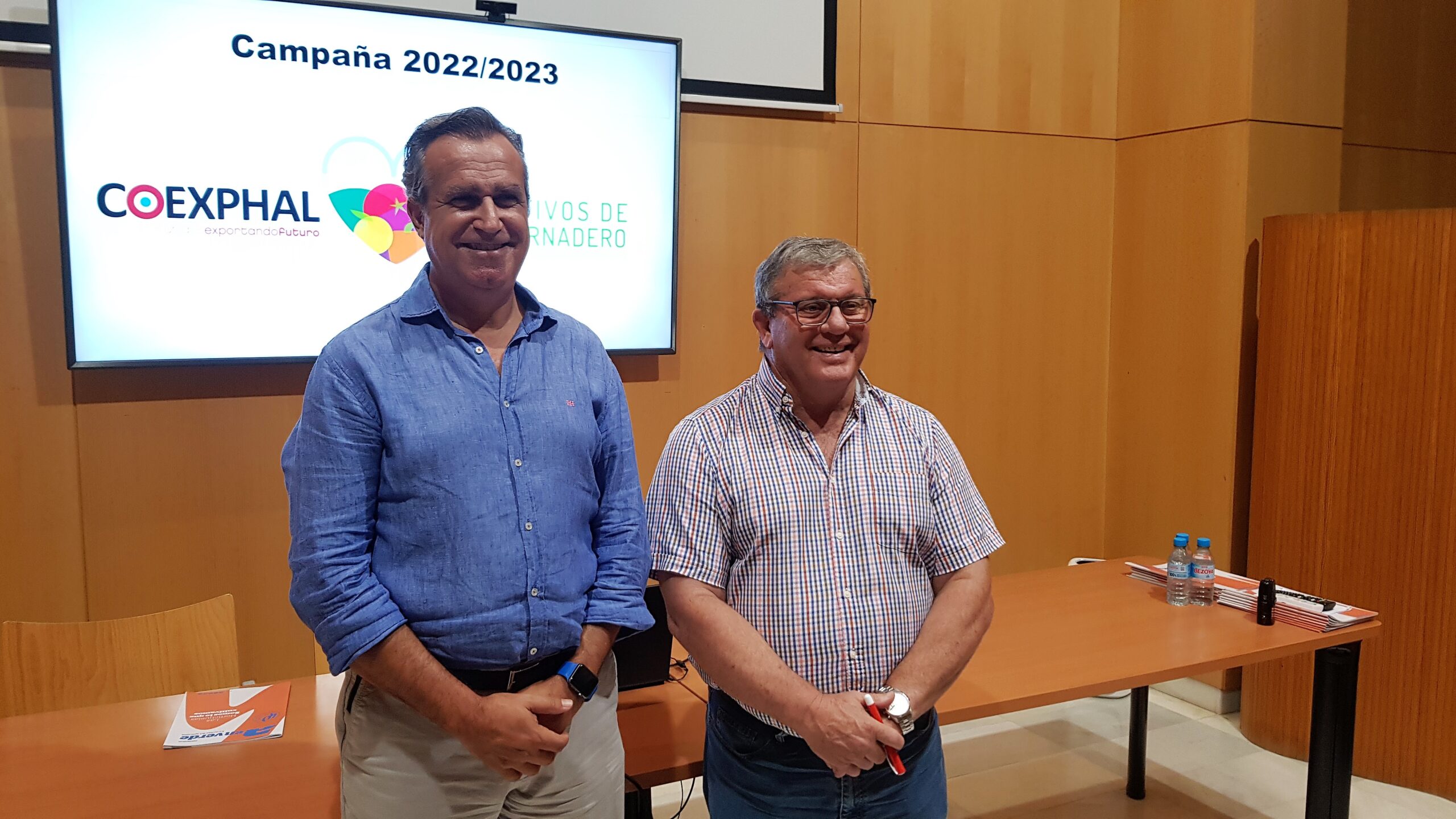One of the most unusual campaigns for years draws to a close in Almeria
The 2022/23 campaign was one of the most variable cycles in recent years in the Almeria countryside. Weather changes brought harvests forward, while there were also virus infections, occasional shortages in the international supply, and inappropriate planting schedules as producers sought to replicate the good prices of the previous cycle. All this led to imbalances between supply and demand.
In the presentation of the advance data, Luis Miguel Fernández, manager of COEXPHAL, said: “In general terms we can classify the campaign as good in autumn-winter and bad in spring. The marketed production increased by 1%, thanks to the strong growth in volume of melon and watermelon. The data that we present today indicates that prices increase by 10%, driving up the total revenues of the sector by 12%.”
Unlike the previous campaign, the costs of energy, fertilisers and diesel are already well below those of a year earlier, “so, for now, costs are no longer a problem pending future behaviour,” said Fernández.
Tomato sales remain stable with prices and revenues up by 9%. Certain occasional drops in international supply, mainly during the Dutch winter, and fluctuations in Moroccan sales have caused shortages in December and April. Organic tomato sales are up by 6%, less than in previous years, while the average price is down by 2%. Organic tomatoes account for 12% of all tomato sales. Sales of loose, pear and cherry tomatoes were down by 2%, 5% and 6%, respectively. In all cases, prices rose (by 13%, 9% and 13%, respectively). In contrast, the production of vine tomatoes increased by 6%, which despite having a greater supply also achieved higher prices than last year (+3%).

Pepper is the product that showed the best results in economic terms. The significant fall in production (-13%), continuing two cycles of decreases in volume, caused prices to increase by 46%, providing 27% higher revenues than in the previous campaign. Production was affected by an earlier harvest in the first months of the campaign, due to weather events, before a stoppage with arrival of cold weather, which negatively affected yields.
Cucumber also had a good campaign in value terms. Production fell by 2% but prices increased by 15% due to the strong demand in February and March, driving up revenues by 13%.
Aubergine registered erratic behaviour throughout the campaign. Prices were good until the end of October and the beginning of November. Production was down by 3%, while average prices rose by 26%, and revenues by 22%.
Courgettes saw an increase in sales of 4% (after last year’s 5% drop) and prices rose by 12%, driving up total revenues by 17%. Most of the revenues derived from the high prices in October and February.





